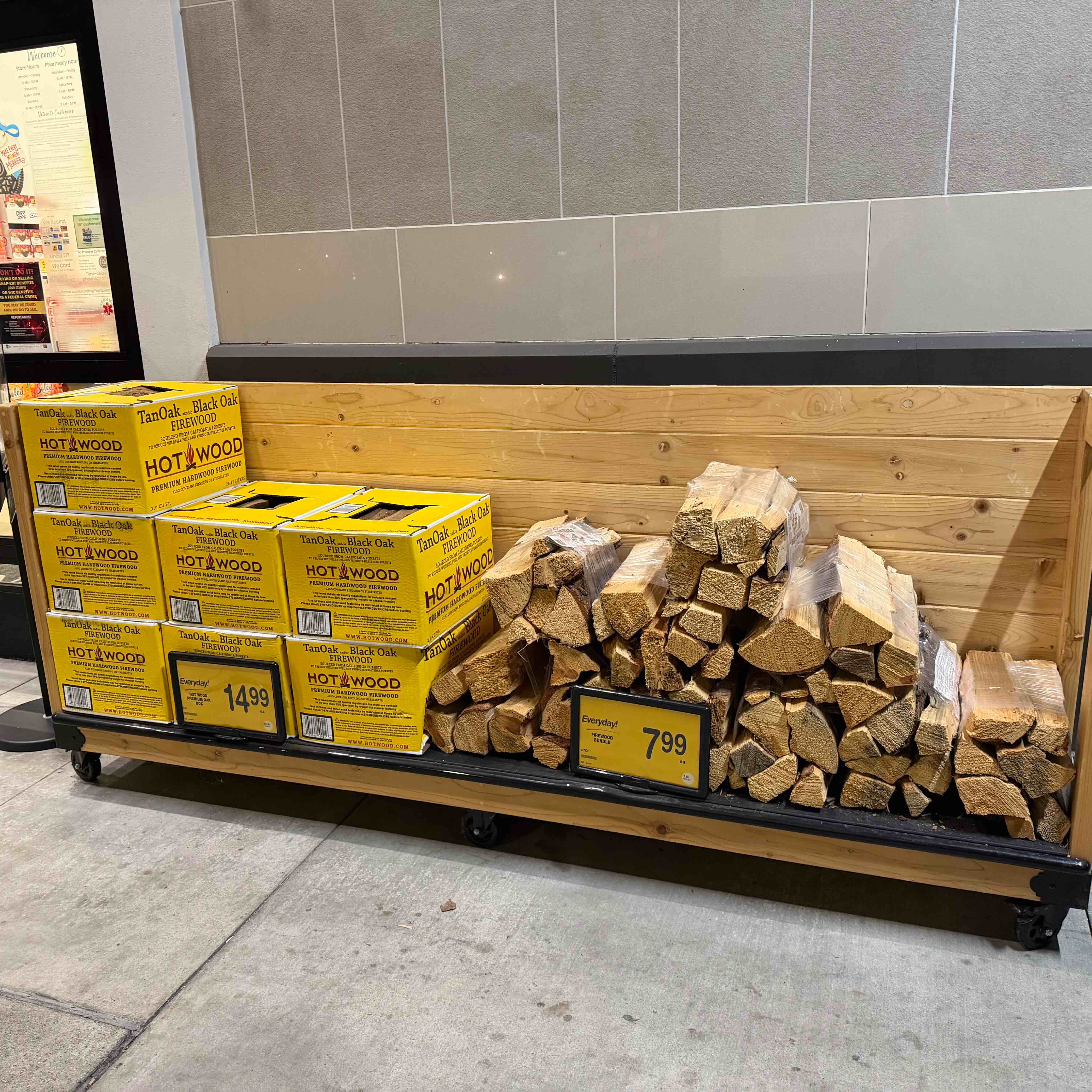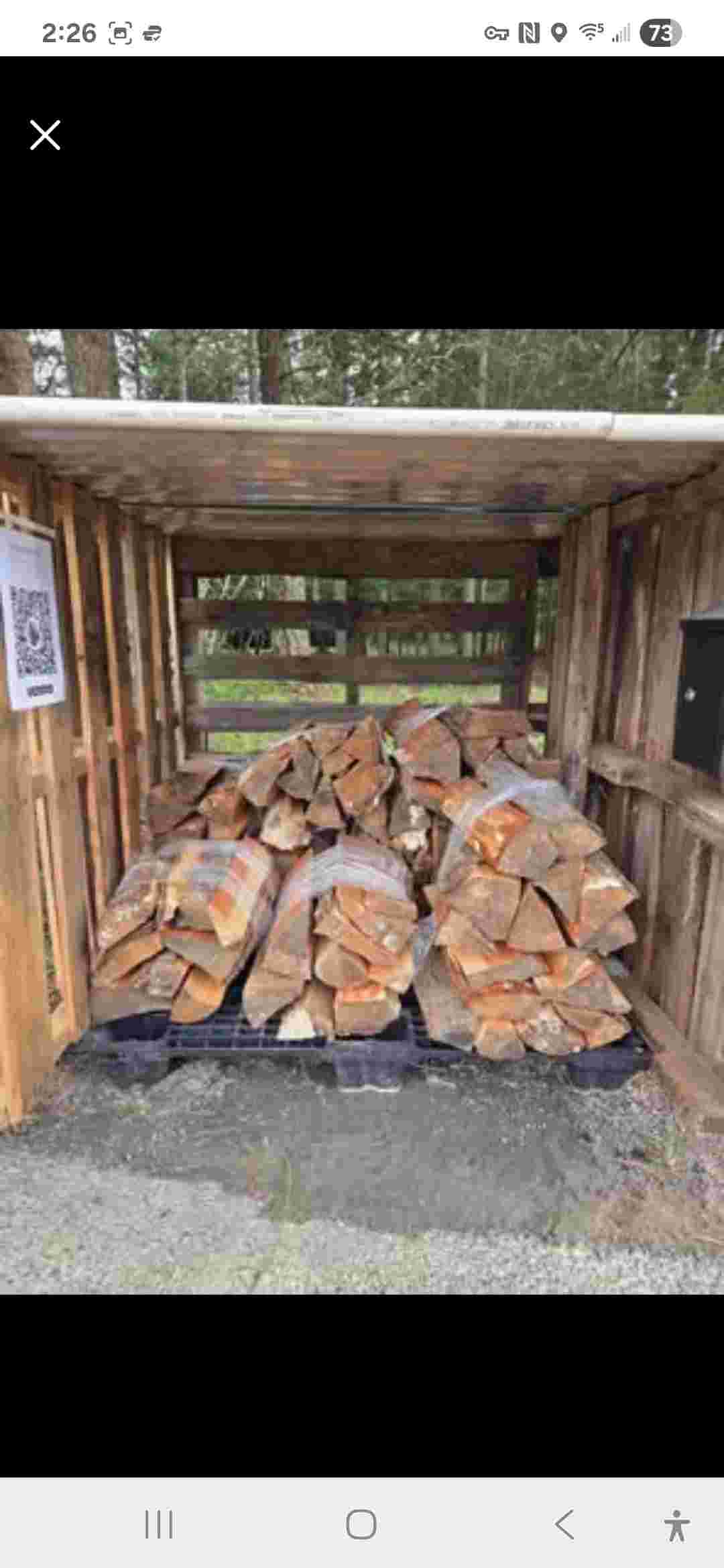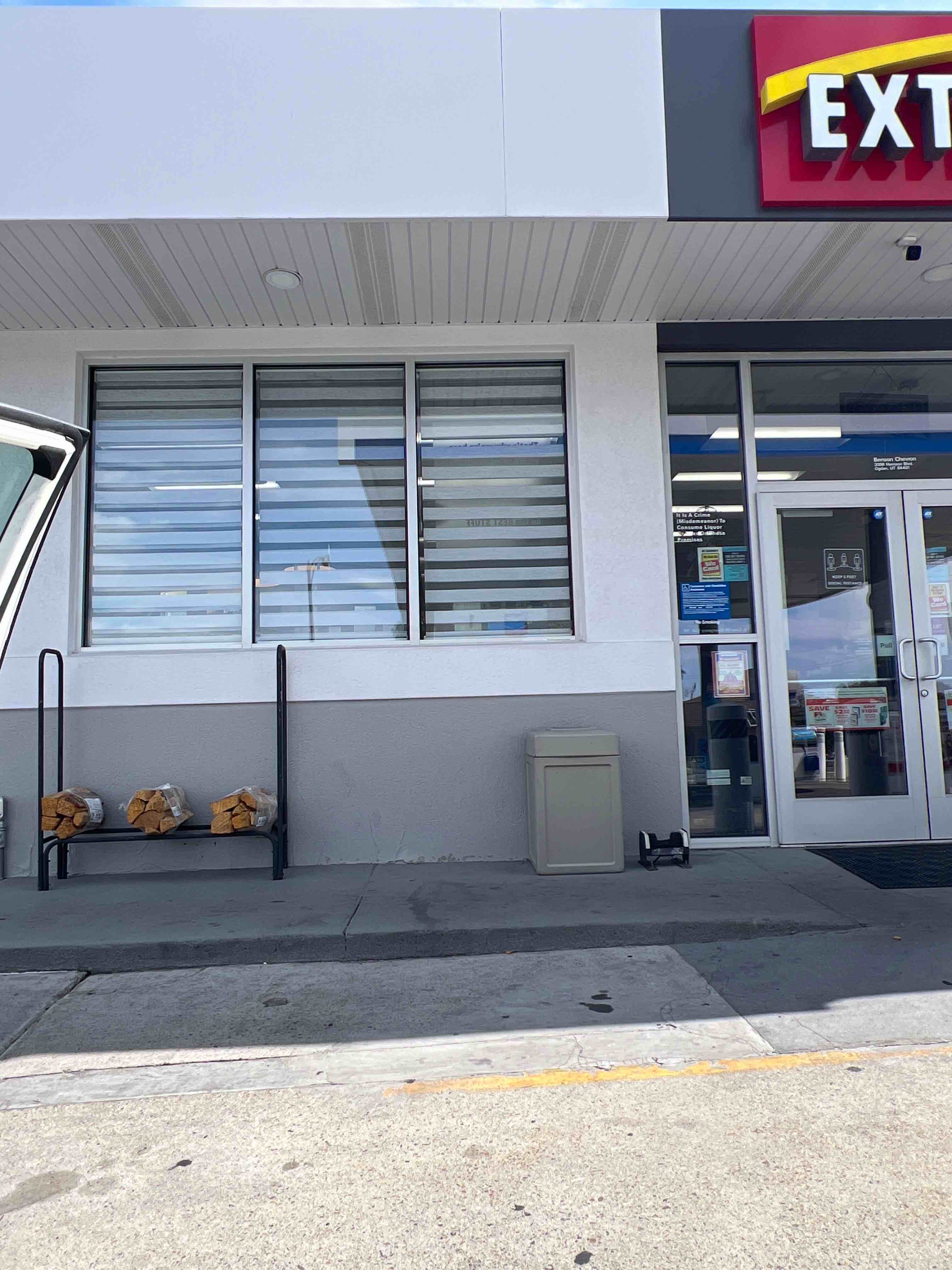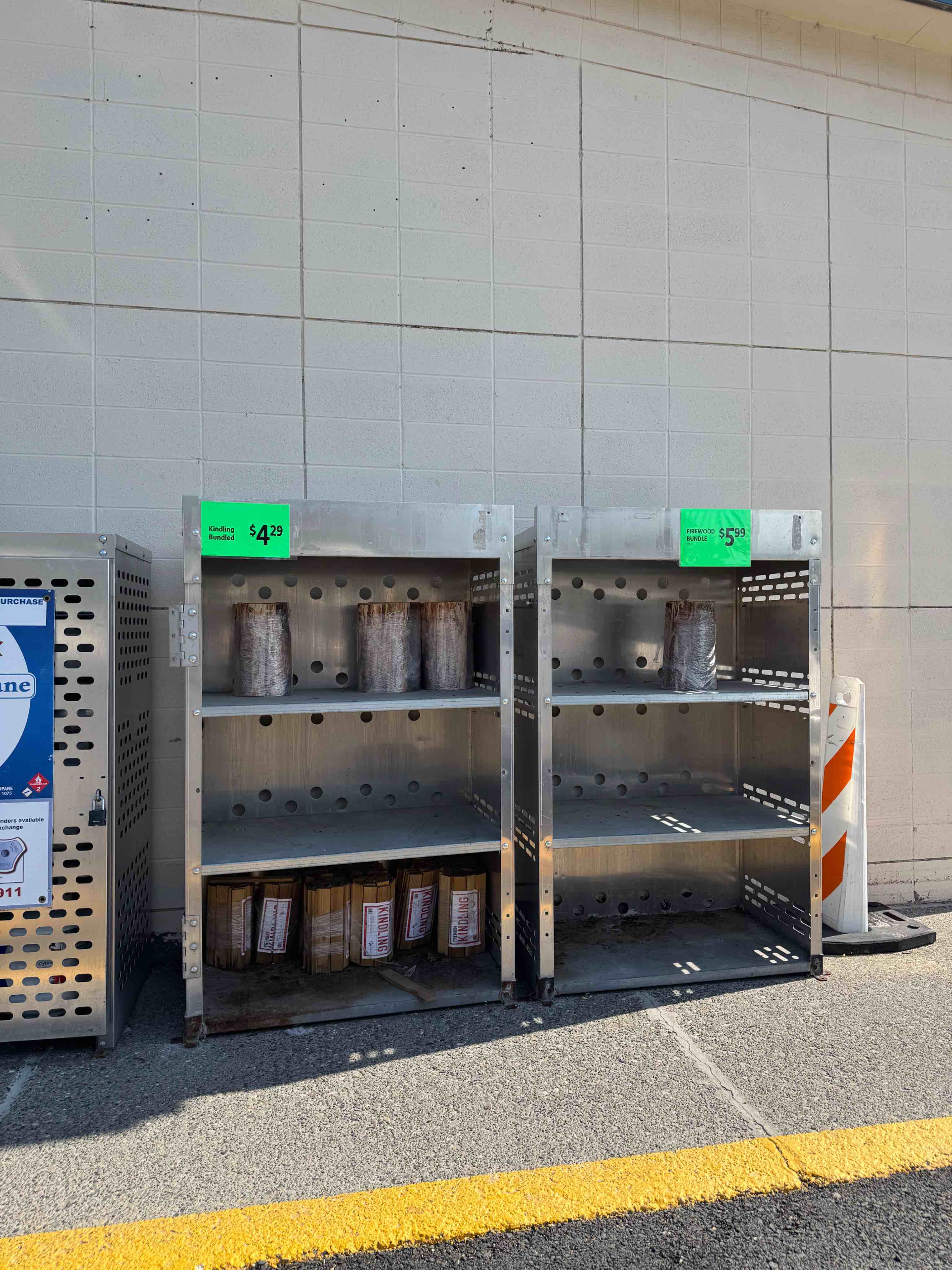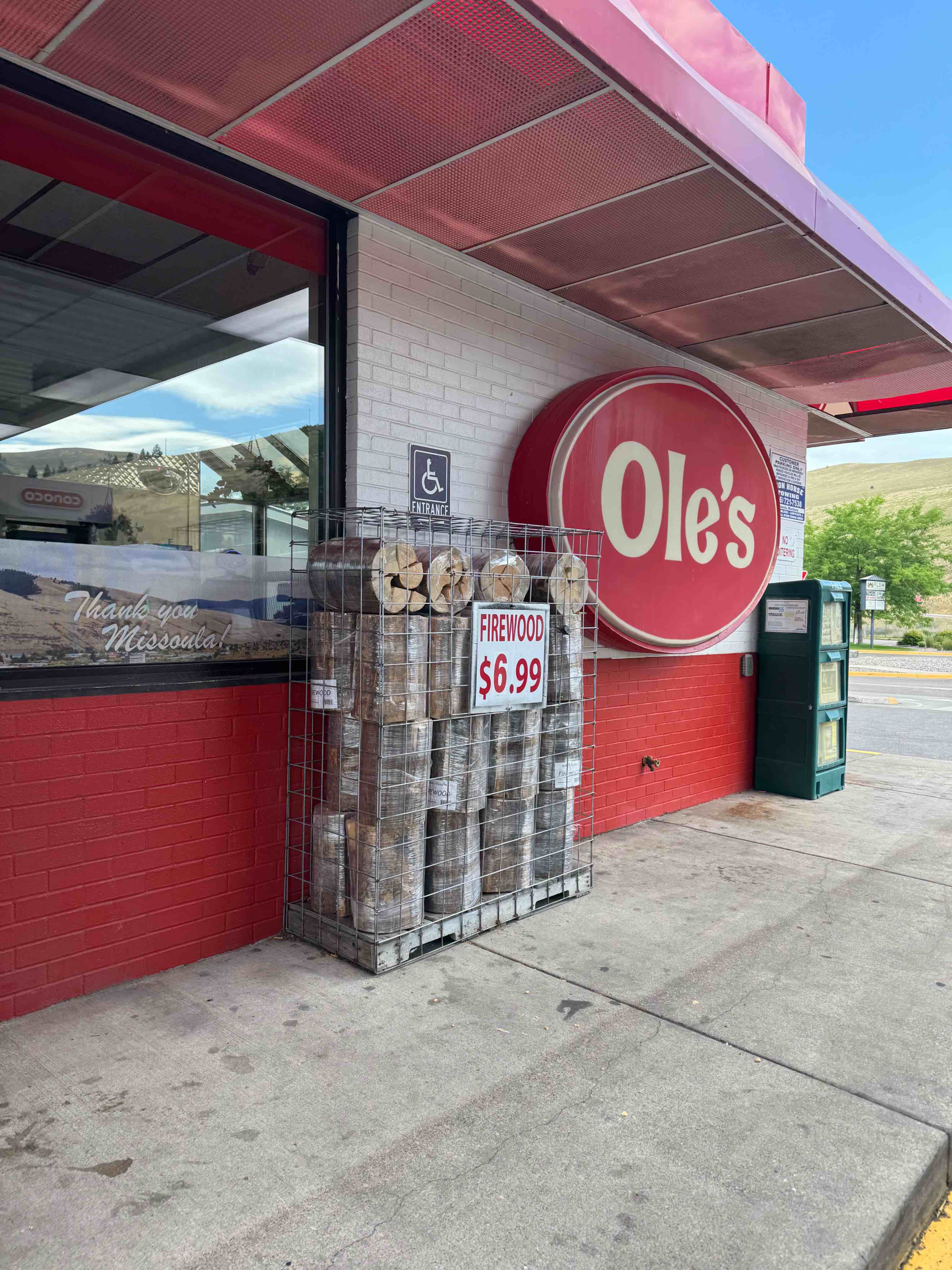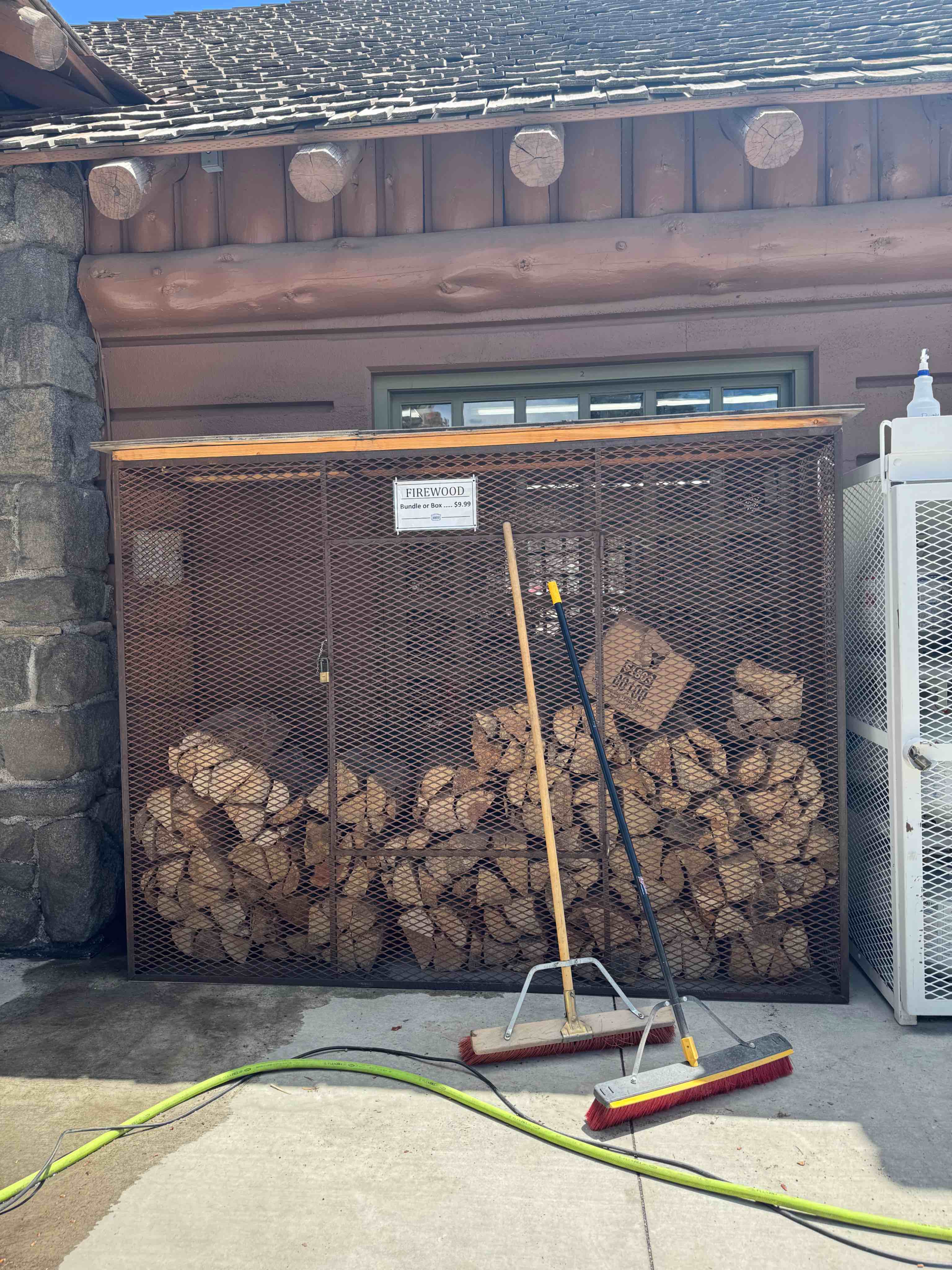Wildland firefighting is a challenging and dangerous endeavor, particularly when it involves large forest fires. One of the most effective tools in the fight against these massive blazes is the use of aircraft to drop water or fire retardant. These missions require a specialized fleet of planes and helicopters, as well as highly trained pilots and support crews. In this article, we'll delve into the roles, equipment, and operations of these aerial firefighting teams.
The Aircraft: Tools of the Trade
Wildland firefighting relies on a variety of aircraft, each suited to specific tasks. Here's an overview of the main types used in aerial firefighting:
1. Air Tankers
Air tankers, also known as "fire bombers," are fixed-wing aircraft equipped with tanks that can carry large quantities of water or fire retardant. These planes are typically used for long-range operations and can cover large areas quickly.
- Very Large Air Tankers (VLATs): These massive aircraft can deliver thousands of gallons of fire retardant in a single drop. Due to their size, VLATs are less maneuverable and drop fire retardant from at least 250 feet above the vegetation. The DC-10, for example, can deliver up to 9,400 gallons at once. Managed by the U.S. Forest Service, VLATs are essential for large-scale firefighting efforts.
- Large Air Tankers (LATs): Often referred to as “Next Gen” airtankers, these aircraft carry between 2,000 to 4,000 gallons of fire retardant or water. LATs are more maneuverable than VLATs and are crucial for supporting firefighters on the ground. Their size allows them to operate effectively in various wildfire scenarios.
- Single Engine Air Tankers (SEATs): The smallest of the airtankers, SEATs can deliver up to 800 gallons of fire retardant or water. These aircraft are ideal for combating wildfires in lighter fuels like grasses and sagebrush. Their smaller size allows them to operate from smaller airstrips and in tighter spaces.
- Water Scoopers: Amphibious aircraft that skim the surface of bodies of water to fill their tanks, Water Scoopers can hold up to 1,600 gallons. They are highly efficient, able to refill their tanks in as little as 12 seconds, and can drop water from a height of 100 to 150 feet. These aircraft are versatile and often use lakes or rivers as water sources.
- Military Airborne Firefighting System (MAFFS): MAFFS are portable fire retardant delivery systems that can be inserted into military C-130 aircraft. This system transforms these planes into large airtankers when needed. The MAFFS program, a collaboration between the U.S. Forest Service and the Department of Defense, enhances firefighting capacity during peak wildfire season.
2. Helicopters
Helicopters are highly versatile in firefighting, capable of accessing areas that fixed-wing aircraft cannot. They are used for a wide range of operations, including firefighter and cargo transport, water or retardant application, fire reconnaissance, aerial ignition, search and rescue, law enforcement missions, short-haul, sling loads, and seeding. Here's a breakdown of the different types of helicopters used in wildland firefighting:
- Type 1 Helicopters: The largest, fastest, and most expensive helicopters used in wildland fires, Type 1 helicopters can typically carry 700 gallons of water or retardant via a bucket or a snorkel that fills an internal tank. These helicopters can strategically drop thousands of gallons of water or retardant with pinpoint accuracy, working closely with ground personnel and other firefighting aircraft. They refill their buckets at dip sites such as public lakes, reservoirs, or any water sources deep enough for the buckets. Some Type 1 helicopters can also transport up to 15 personnel to an incident, while others are used exclusively for dropping water or retardant and moving firefighting supplies and equipment.
- Type 2 Helicopters: Effective initial attack resources, Type 2 helicopters can transport up to nine firefighters at one time. They support ground firefighters by delivering up to 300 gallons of water to the fireline in a bucket or tank. These helicopters are smaller and more maneuverable than Type 1 helicopters, making them suitable for a variety of wildfire scenarios.
- Type 3 Helicopters: Although smaller, Type 3 helicopters have a higher cruise speed than typical Type 2 helicopters, allowing them to arrive on the scene of an initial attack wildfire faster. They can carry four to five firefighters at a time and use a 180-gallon water bucket. Their speed and agility make them ideal for quick response and precise water drops.
The Pilots: Skill and Precision
Flying in the challenging conditions of a wildfire requires exceptional skill and bravery. Pilots of firefighting aircraft must navigate through smoke, turbulence, and often rugged terrain. Here’s what sets these pilots apart:
- Training: Wildland firefighting pilots undergo extensive training, including simulations of fire conditions and hands-on experience. They must understand fire behavior and the impact of their drops on the fire's progression.
- Coordination: Pilots work closely with ground crews and air traffic controllers. They must communicate effectively to ensure their drops are both effective and safe.
- Adaptability: Conditions in a wildfire can change rapidly. Pilots must be able to make quick decisions, often under extreme pressure.
The Crew: Teamwork on the Ground and in the Air
Behind every successful water drop is a team of dedicated professionals who support the pilots and ensure the operation runs smoothly. These crews include:
1. Ground Support
- Loadmasters: Responsible for filling the aircraft tanks with water or retardant. They ensure the correct amount and mixture are used for each mission.
- Mechanics: Aircraft maintenance is critical in firefighting operations. Mechanics work around the clock to keep the planes and helicopters in top condition.
2. Airborne Coordination
- Air Tactical Group Supervisors (ATGS): These coordinators fly in smaller planes, directing the larger air tankers and helicopters. They assess the fire from above and develop strategies for the aerial attack.
- Helitack Crews: These teams deploy from helicopters to create firebreaks, perform rescues, and provide logistical support. They are often the first on the scene and play a crucial role in initial attack operations.
The Operations: Strategy and Execution
Aerial firefighting is a highly coordinated effort that involves several stages, from initial attack to sustained operations:
1. Initial Attack
When a fire is first reported, speed is critical. Air tankers and helicopters are often the first responders, aiming to suppress the fire before it grows out of control. The goal is to drop water or retardant to slow the fire's spread and create containment lines.
2. Sustained Attack
For larger fires, a sustained aerial assault is necessary. This involves multiple aircraft working in concert over several days or even weeks. Coordination with ground crews is essential to ensure drops are effective and support the overall firefighting strategy.
3. Mop-Up and Patrol
Once the main fire is under control, aircraft continue to play a role in mop-up operations. They drop water on remaining hotspots to prevent flare-ups and patrol the area to monitor for new fire activity.
Challenges and Innovations
Aerial firefighting is not without its challenges. Pilots face dangerous flying conditions, and the cost of operating and maintaining the aircraft is significant. However, innovations continue to improve the effectiveness and safety of these operations:
- Advanced Fire Retardants: New formulations are more effective at slowing fire spread and are less harmful to the environment.
- Unmanned Aerial Systems (UAS): Drones are increasingly used for reconnaissance, providing real-time data to improve decision-making.
- Next-Generation Aircraft: New designs and modifications to existing aircraft improve payload capacity, maneuverability, and operational efficiency.
Learn More
Much of the information in this article comes from the National Interagency Fire Center, who’s responsible for sourcing and maintaining the accuracy of this info. Learn more here →
Conclusion
The planes, pilots, and crews involved in wildland firefighting are a testament to human ingenuity and bravery. Their coordinated efforts are essential in protecting lives, property, and the environment from the devastating effects of wildfires. As technology advances and our understanding of fire behavior improves, these aerial firefighting teams will continue to evolve, enhancing their ability to combat wildfires effectively.
.svg)

.svg)
.svg)
.svg)

.svg)
.svg)










